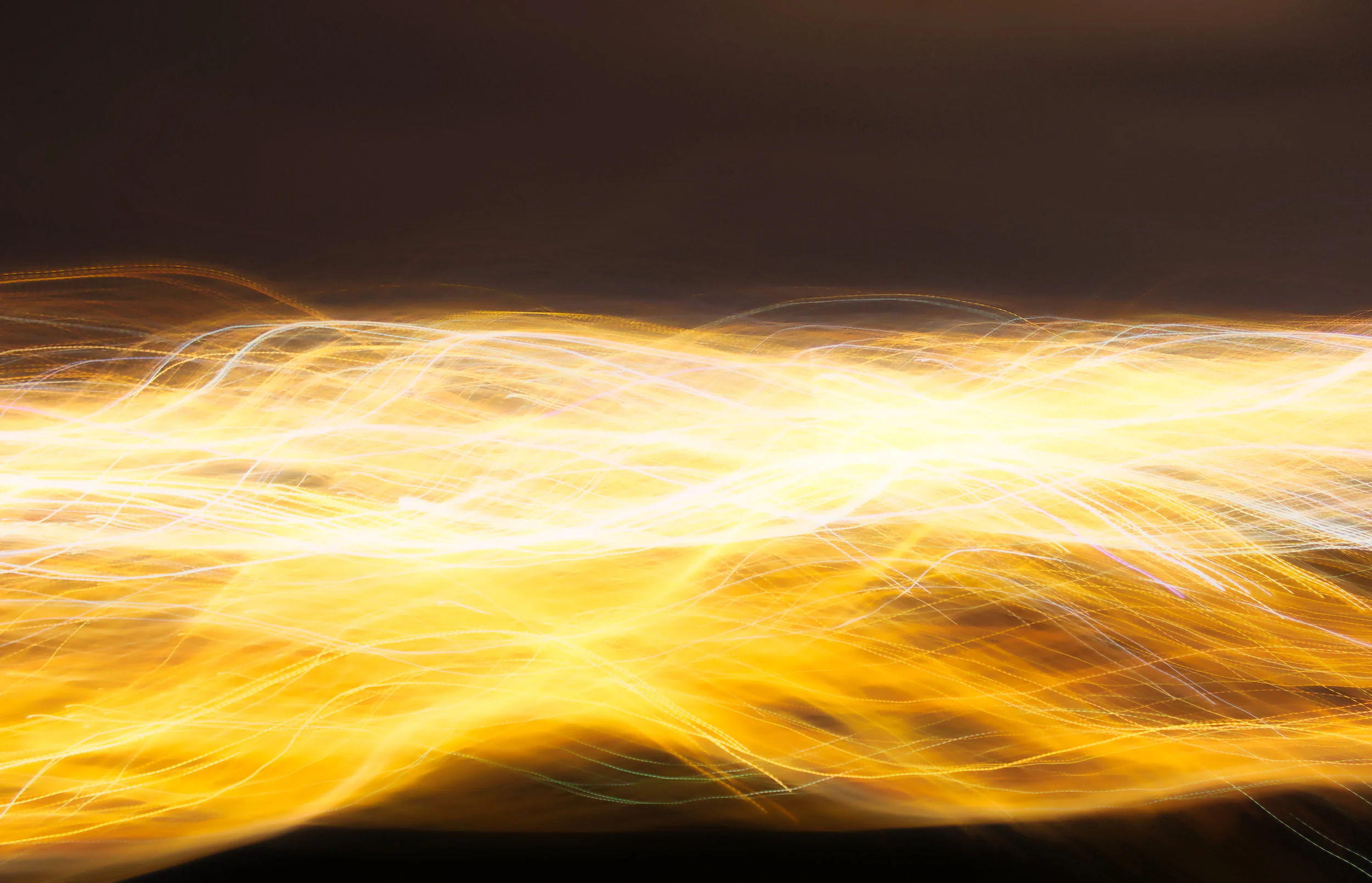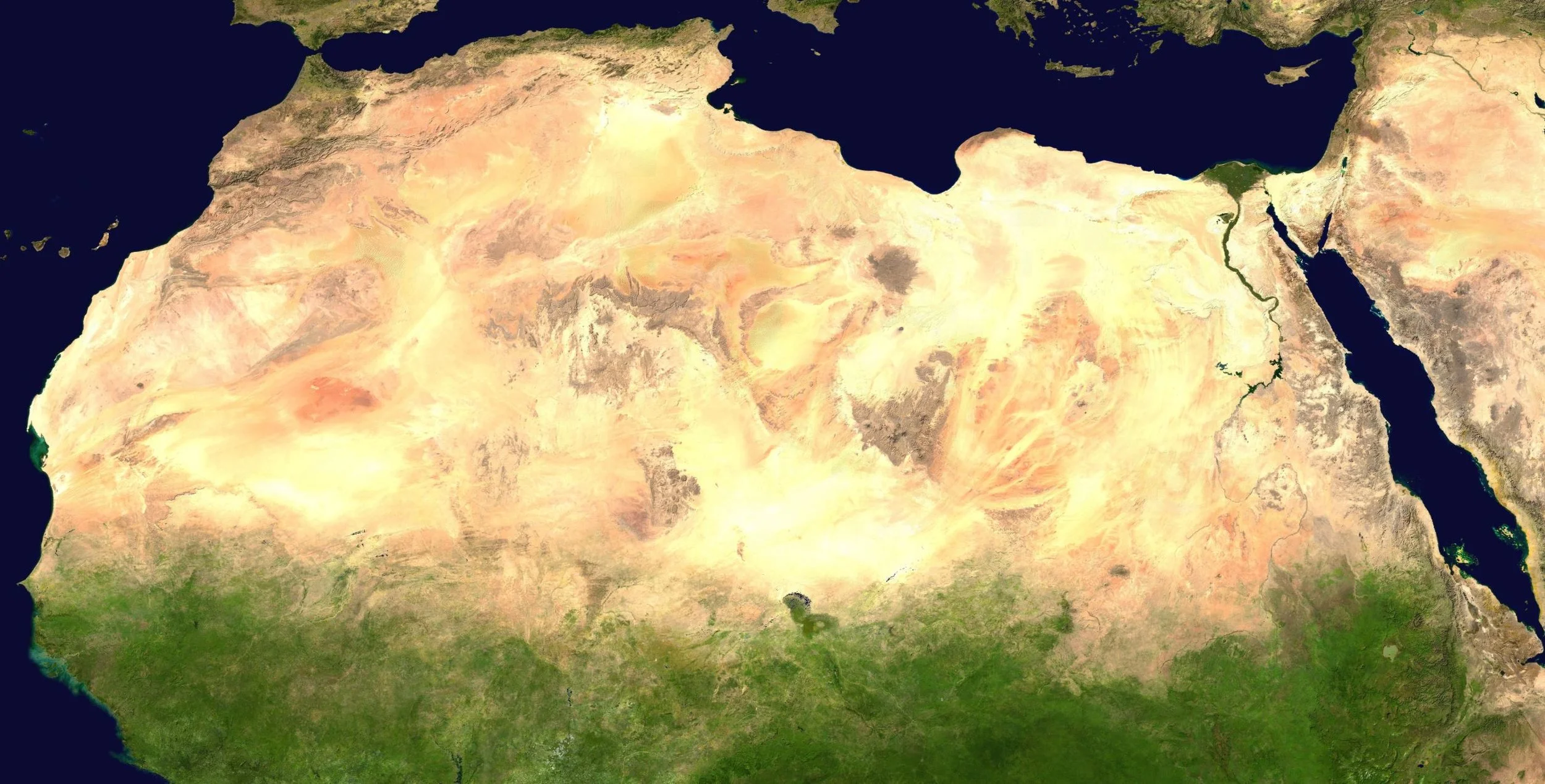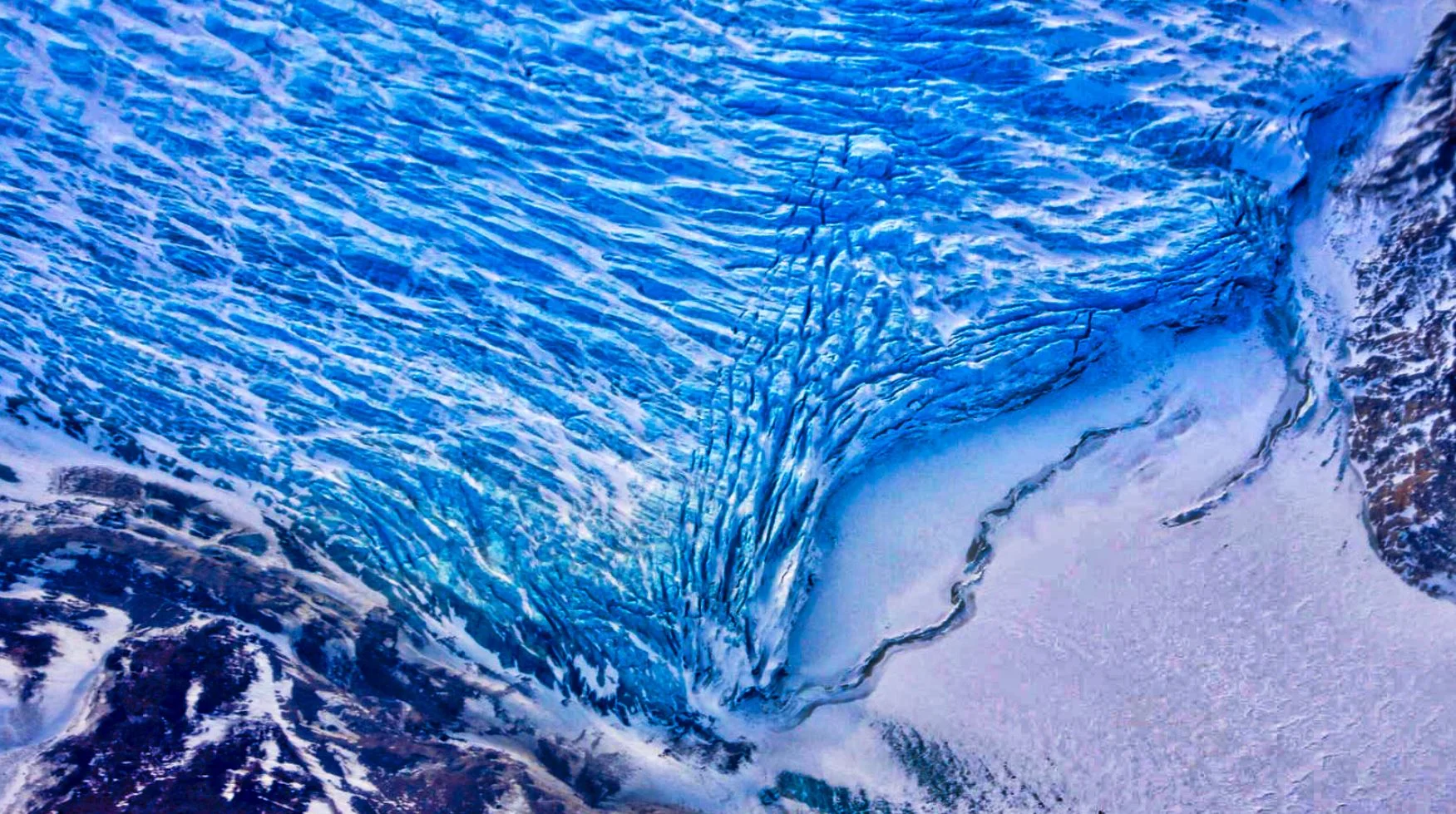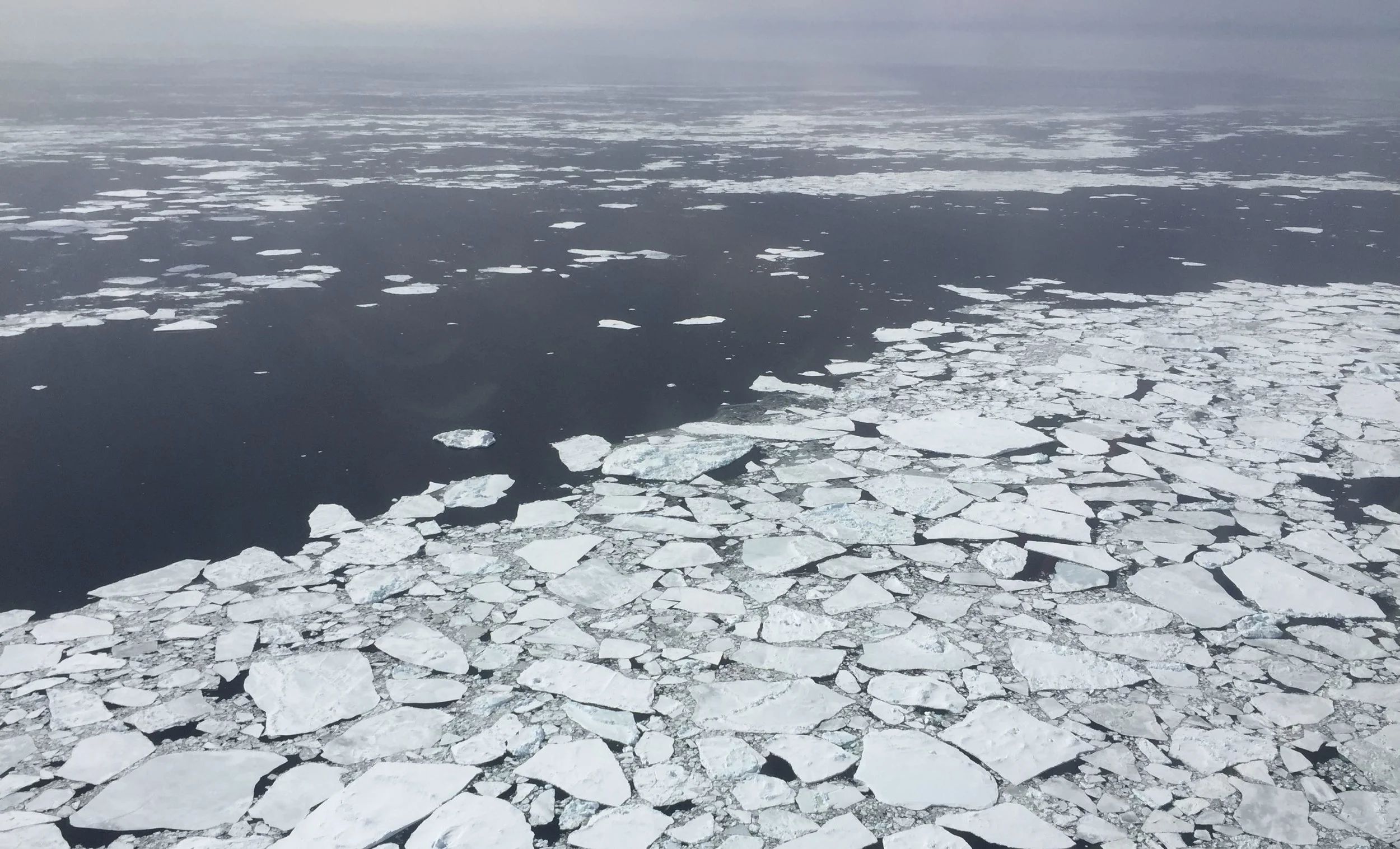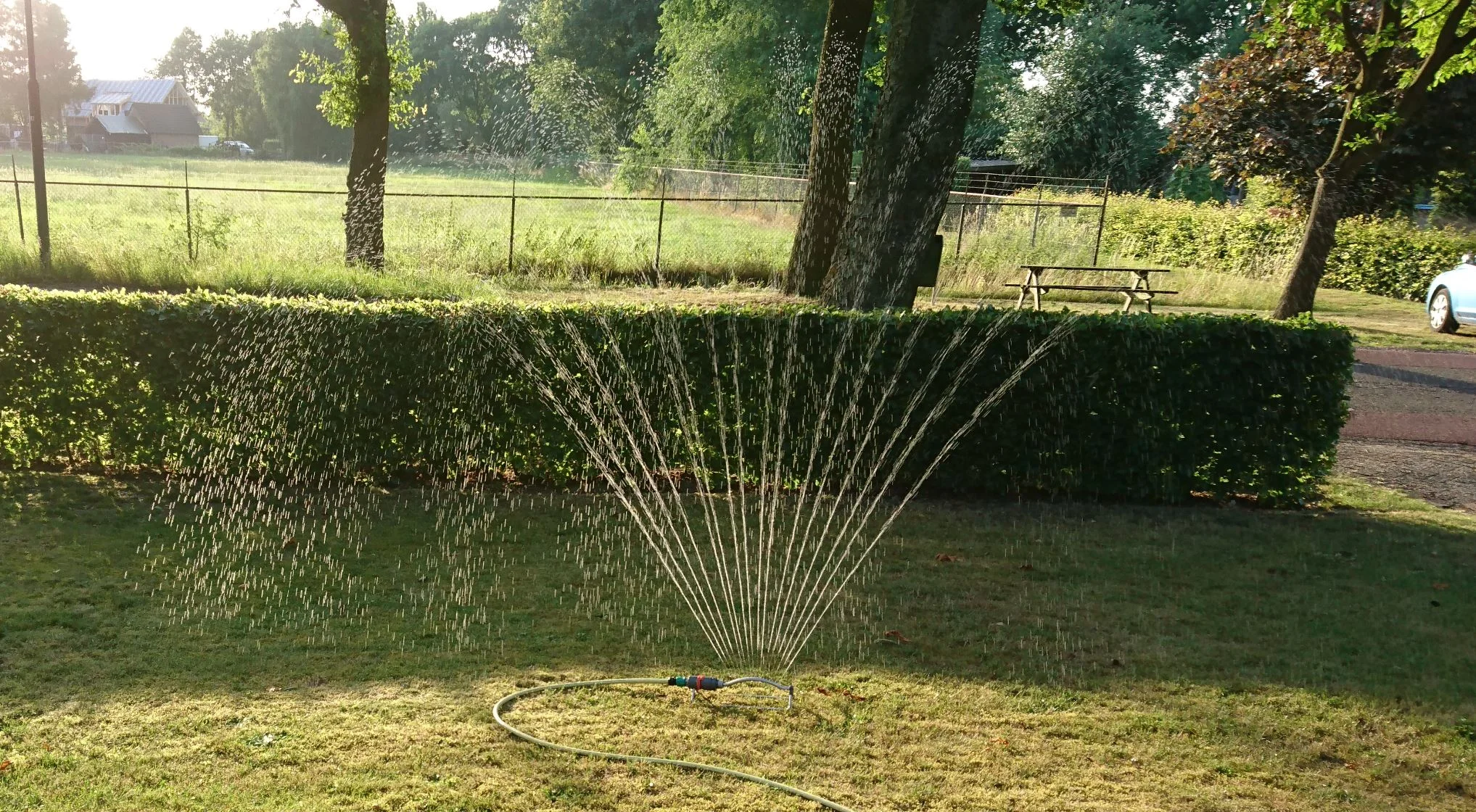An exiting new molecule has the potential of trapping salt to clean drinkable water. The discovery could could be beneficial for people around the globe
Floating Solar Arrays: The Future of Solar Energy?
Coral reefs provide flood protection worth $1.8 billion every year – it’s time to protect them
The news is grim: According to a report compiled by hundreds of scientists from 50 countries, Earth is losing species faster than at any other time in human history. Thanks to climate change, coastal development and the impacts of activities such as logging, farming and fishing, roughly 1 million plants and animals are facing extinction.
How Earth’s continents became twisted and contorted over millions of years
We are pretty sure the continental parts of plates are not uniform, nor are they rigid. The giant forces that slowly move continents across the viscous mantle layer underneath, like biscuits gliding over a warm toffee ocean, stress the continents, and twist and contort the crust. This is a process that has taken place over millions of years.
Africa is splitting in two - here is why
Methane-consuming bacteria could be the future of fuel
Don’t write off abandoned buildings – they can be an important resource for the community
You need only look to the UK’s high streets to see myriad buildings in decline. Walk through any city or town and witness the empty shops, vacant office blocks and derelict housing. A recent report from the Royal Society for Public Health revealed that one in 10 high street shops in the UK is empty.
Should we turn the Sahara Desert into a huge solar farm?
Whenever I visit the Sahara I am struck by how sunny and hot it is and how clear the sky can be. Aside from a few oases there is little vegetation, and most of the world’s largest desert is covered with rocks, sand and sand dunes. The Saharan sun is powerful enough to provide Earth with significant solar energy.
Jupiter or Earth? Which One’s Which, and Why Do They Look so Similar?
NASA's Greenland Mission Still Surprises in Year Four
Only seven months after NASA's Oceans Melting Greenland (OMG) mission wrapped its last field campaign on the world's largest island, an OMG crew is back in Greenland to collect more data. With two or three field projects a year since 2016, no wonder OMG has made the most comprehensive measurements yet of how ocean water lapping at the undersides of Greenland's melting glaciers affects them. All that data has answered a lot of existing questions — and it's raised plenty of new ones.
Study: Much of the surface ocean will shift in color by end of 21st century
Salt doesn’t melt ice – here’s how it actually makes winter streets safe
Huge Cavity in Antarctic Glacier Signals Rapid Decay
A gigantic cavity — two-thirds the area of Manhattan and almost 1,000 feet (300 meters) tall — growing at the bottom of Thwaites Glacier in West Antarctica is one of several disturbing discoveries reported in a new NASA-led study of the disintegrating glacier. The findings highlight the need for detailed observations of Antarctic glaciers' undersides in calculating how fast global sea levels will rise in response to climate change.
Why Antarctica’s sea ice cover is so low (and no, it’s not just about climate change)
Can genetic engineering save disappearing forests?
Environmentally friendlier meat might be possible with the help of duckweed
A teen scientist helped me discover tons of golf balls polluting the ocean
Coffee: 60% of wild species are at risk of extinction due to climate change
Is your morning coffee an espresso or a skinny latte? Is it from a darkly roasted French or Italian blend? If it’s a high quality brew, it’s almost certainly made with beans from the Arabica species (Coffea arabica), which is known for its finer flavours. Examples would be Javan coffees, Ethiopian sidamo, and the expensive Jamaican blue mountain.



